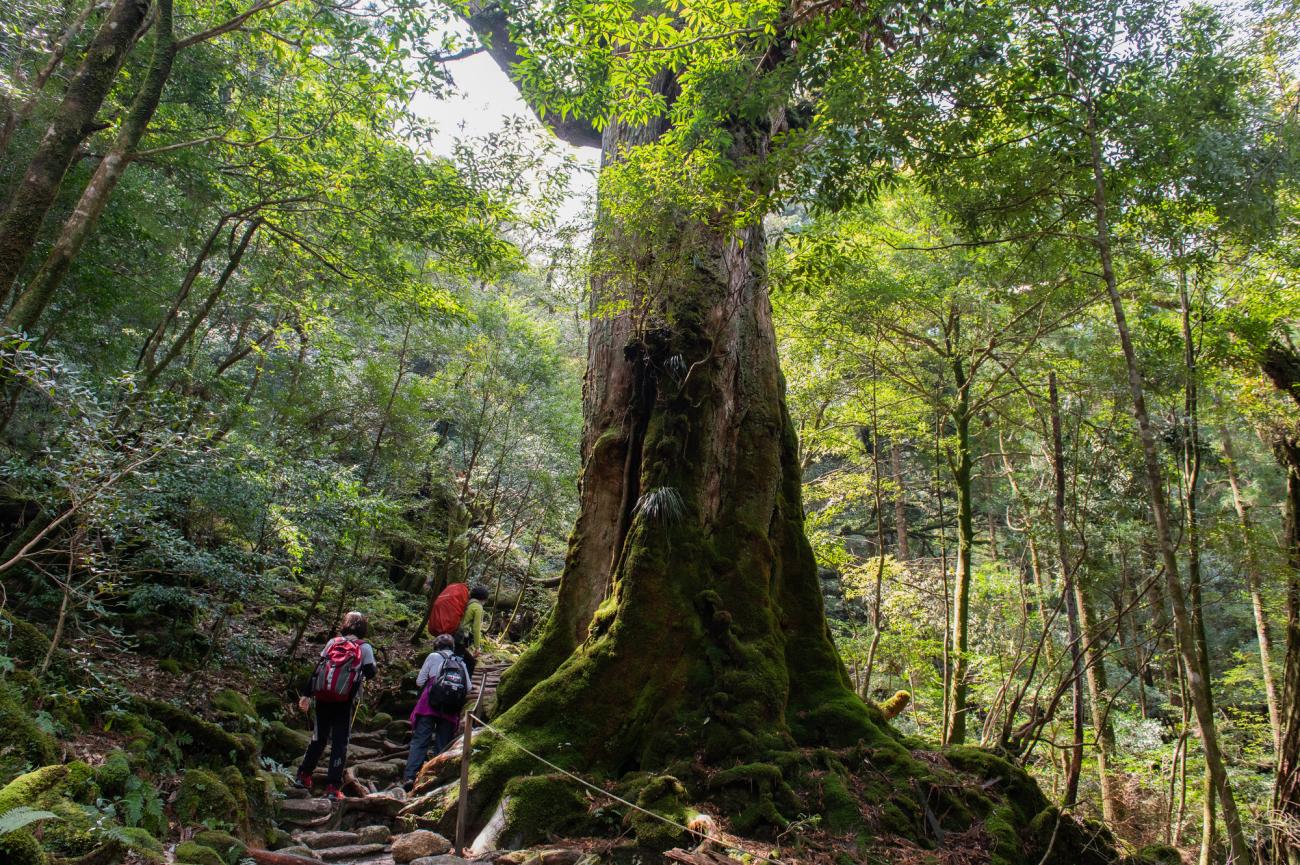Shinrin-Yoku: The Art of Forest Bathing for Wellness in Japan

In a world where urban life and digital distractions dominate daily routines, Japan offers a natural remedy for stress and mental fatigue—Shinrin-Yoku, or "forest bathing." This practice, which translates to "taking in the forest atmosphere," has gained global recognition for its profound benefits on physical and mental well-being.
The Origins of Shinrin-Yoku
Shinrin-Yoku was first introduced in the 1980s by Japan’s Ministry of Agriculture, Forestry, and Fisheries as a response to rising stress levels and burnout in modern society. Rooted in both traditional Japanese reverence for nature and modern scientific research, the practice encourages individuals to immerse themselves in forest environments, engaging their senses to achieve relaxation and healing.
Health Benefits Supported by Science
Numerous studies have validated the benefits of Shinrin-Yoku. Spending time in forests has been shown to:
Reduce stress and anxiety by lowering cortisol levels.
Boost immune function, particularly by increasing natural killer (NK) cell activity, which helps fight infections and diseases.
Lower blood pressure and heart rate, promoting cardiovascular health.
Enhance mood and focus, reducing symptoms of depression and mental fatigue.
Japanese researchers, particularly Dr. Qing Li from the Nippon Medical School in Tokyo, have extensively studied the effects of forest bathing. His research highlights that essential oils released by trees, known as phytoncides, play a crucial role in enhancing immune responses and overall well-being.

How to Practice Shinrin-Yoku
Unlike hiking or exercising in nature, forest bathing is a mindful, slow experience that involves fully engaging the senses. Here’s how to practice it:
Find a suitable forest or natural setting – Ideally, choose a quiet, green space with abundant trees.
Walk slowly and breathe deeply – Focus on inhaling the fresh forest air, absorbing its calming effects.
Engage all your senses – Listen to the rustling leaves, touch the rough bark of trees, observe different shades of green, and even taste the freshness of the air.
Disconnect from technology – Leave your phone behind or keep it on silent to avoid distractions.
Practice mindfulness – Simply be in the moment without rushing, allowing your mind to relax.
Shinrin-Yoku in Modern Japan
Japan has embraced forest bathing as a key component of preventive healthcare. Many designated Shinrin-Yoku trails exist across the country, including:
Akasawa Natural Recreational Forest (Nagano) – Considered one of the birthplaces of Shinrin-Yoku.
Yakushima Island (Kagoshima) – Home to ancient cedar forests, offering a deeply immersive experience.
Okutama Forest Therapy Trail (Tokyo) – A convenient option near the capital for city dwellers seeking tranquility.
Additionally, wellness resorts and guided forest therapy programs have emerged to help visitors experience Shinrin-Yoku in structured settings.
A Global Wellness Trend
While rooted in Japanese culture, Shinrin-Yoku has inspired wellness movements worldwide. Countries like South Korea, Finland, and the United States have incorporated forest therapy into healthcare and urban planning. Even corporate wellness programs now encourage employees to reconnect with nature for stress relief.














